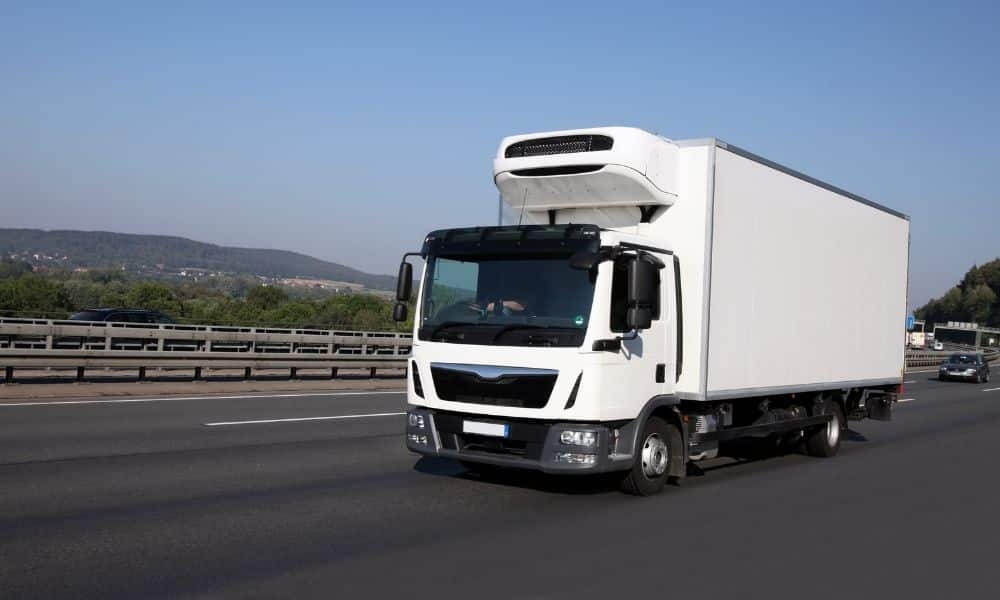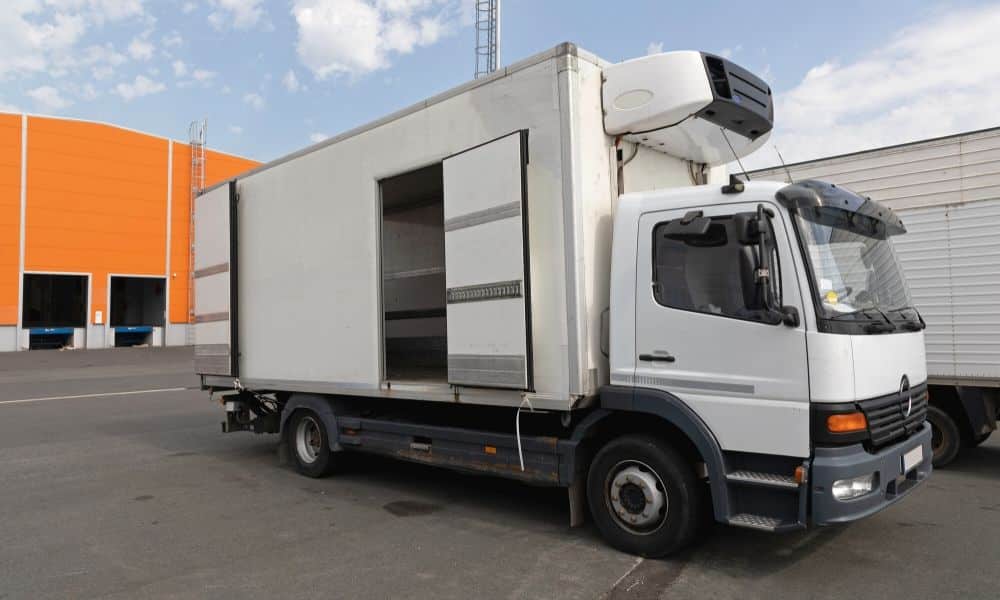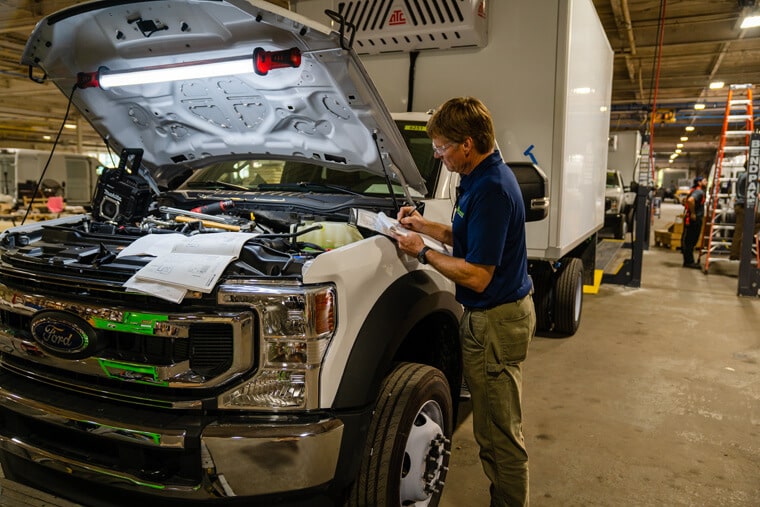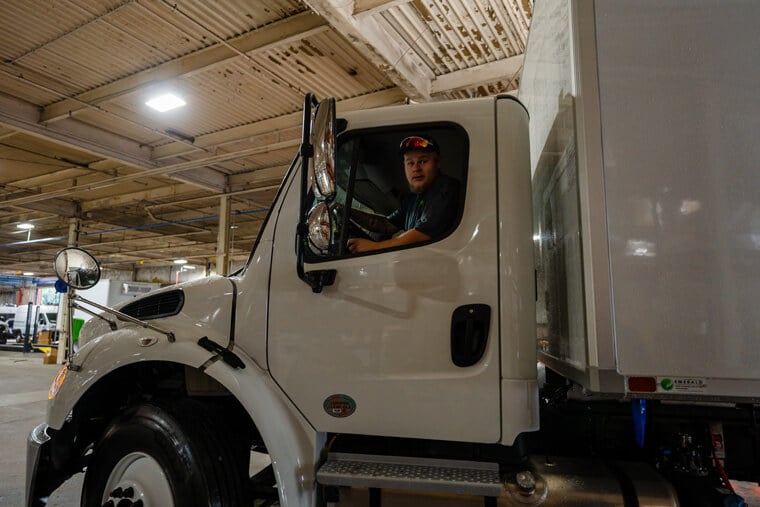
Fred Jones, Chickens, and the Refrigerated Truck
Joe Dickman | December 10th, 2021
Refrigerated trucks play a vital role in getting food to grocery stores. But have you ever stopped to think about when climate-controlled vehicles first debuted onto the scene? Below you’ll find a brief history of Fred Jones, chickens, and the refrigerated truck that helps explain the genesis of these fantastic vehicles.
Early Days of Food Transportation
Civilizations have always faced the issue of how to transport perishable goods long distances without the goods spoiling. It wasn’t until the Industrial Revolution that we began to find successful ways to do so. The revolution initially made it finally possible to deliver goods such as frozen meat quickly enough that they would still retain their freshness. Eventually, they would pack train cars with actual ice to keep products cold, but it still wasn’t a very efficient process.
How Chickens Spark an Idea
Frederick McKinley Jones was out playing golf with a business partner, Joe Numero, in 1938, when Numero received some unpleasant news. They were transporting a railway car full of chickens across a considerable distance, but the journey went longer than anticipated, and all the birds died from heat exhaustion. Numero hoped there would one day be a way to reliably transport perishable goods over long distances.
Fred Jones Revolutionizes Refrigerated Transportation
Fred Jones spent many weeks developing a refrigerated system that could reliably remain chilled for prolonged periods. He was a self-taught mechanical genius who had many different inventions under his belt and knew this could be a breakthrough that changed how we live.
Jones eventually patented the Model C refrigerated truck in 1943. Refrigerated trucks and railway cars became incredibly popular seemingly overnight. His designs were so revolutionary that America immediately began using the technology to ship wartime essentials such as blood and medical supplies during World War II. It’s this same technology that underpins today’s trucks, trains, and cargo containers’ air conditioners and refrigeration systems.
As it turns out, Fred Jones, chickens, and the refrigerated truck are all tied at the hip in the history books. Emerald Transportation Solutions offers many solutions when you need modern-day refrigeration systems to transport your products. Check out our small reefer trucks that handle weights too large for refrigerated vans but not large enough to justify a truck. Feel free to contact us about our vehicle options.
Related Articles
Contact Us
Feel Free To Contact Us If You Have Any Questions
What does under DOT mean?
Questions regarding DOT requirements come up often. 10,000 lbs GVW (gross vehicle weight) and over are commercial vehicles that fall under the Department of Transportation regulatory requirements.
What is the difference between GVW and payload?
GVW or Gross Vehicle Weight is the entire weight of the vehicle including the payload. The payload weight represents the amount of cargo you are hauling.
What is a self-powered unit and a vehicle-powered unit?
A self-powered unit has its own fuel source and will run independent of the truck. This is the heaviest and most expensive option. While vehicle-powered units run off the engine via a compressor mounted on the engine. These are less expensive and lighter in weight but you must run the truck or plug the electric standby into shore power.
What does K-factor mean and why is that important?
K-factor is a term that stands for the overall insulating value of the container (truck body). Quite simply the lower the K-factor the better the truck body will be able to maintain a given temperature and require less energy to do so.
How much lighter is a Poly Van vs a US spec body?
Poly Van bodies are very light. On average we estimate we are 75-150 lbs per foot lighter than a traditional sheet and post foamed in place body. These weight savings translates to less fuel burn and less CO2 emissions, along with added payload, the most important benefit.






